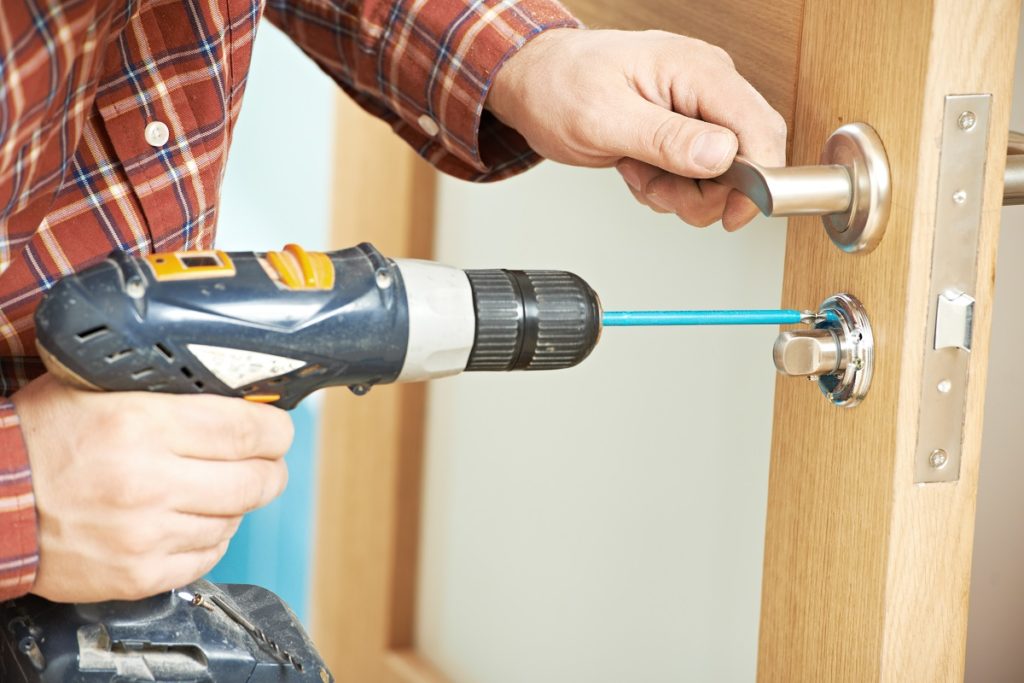Home improvements don’t have to cost a lot. If you have enough time and resources, you can take on some projects around the house. Rather than paying a professional who might charge more than it’s worth, you can make the improvements you want on your own.
The key to a successful home improvement project is knowing when and where to start. Instead of taking on all these tasks by yourself, consider which ones are the most doable. Then, determine when you want to start the project. Even if you have a lot of goals in mind, you don’t have to finish them all in one go. You should complete one project before moving on to the next to make sure each one is a success.
Fix any damage to your roof.
Roof repairs are essential in maintaining any suburban home. There are several factors that can damage a roof, from bad weather conditions to small critters that run along its surface. Any type of damage, no matter how minor, can significantly impair your roof’s structural integrity.
Consider checking your roof during one of your free days. Start by looking for signs of water damage inside, like stains and leaks. Then, carefully climb on top of the roof to inspect it for any holes, cracks, or damaged shingles. Use the appropriate tools to make your repairs to make sure they are effective and long-lasting.
Change your light fixtures.
Its common practice to leave light bulbs unchanged until they burn out. But this puts you in a difficult situation should it burn out when you don’t have the time to replace it. Rather than leaving this for the last minute, consider checking out all of your light fixtures to determine which ones need changing. Additionally, keep a record of when you changed each bulb to determine when to replace them in the future.
Give your walls a fresh coat of paint.

A fresh coat of paint can do wonders for a dull-looking room. Instead of buying new furniture or hiring an interior designer, you can allot one of your weekends to repaint your home’s walls. Aside from improving its aesthetic appeal, you can address other issues that you might not have been aware of.
Start by removing small decorations from the room and covering larger pieces of furniture. Then inspect the walls for any type of damage. Fix any that you find, whether these are cracks or bubbles from the old coat of paint. Then, prepare the walls with primer before painting on your desired color. Give the room enough time to dry before rearranging the furniture and returning the other decorations.
The DIY home improvement movement continues to gain popularity as more people spend time at home. Instead of spending all your free time lounging around the house, consider using that time to carry out the projects you always wanted to do for your home. There are several tutorials online to help you navigate your way through different home improvement processes.


